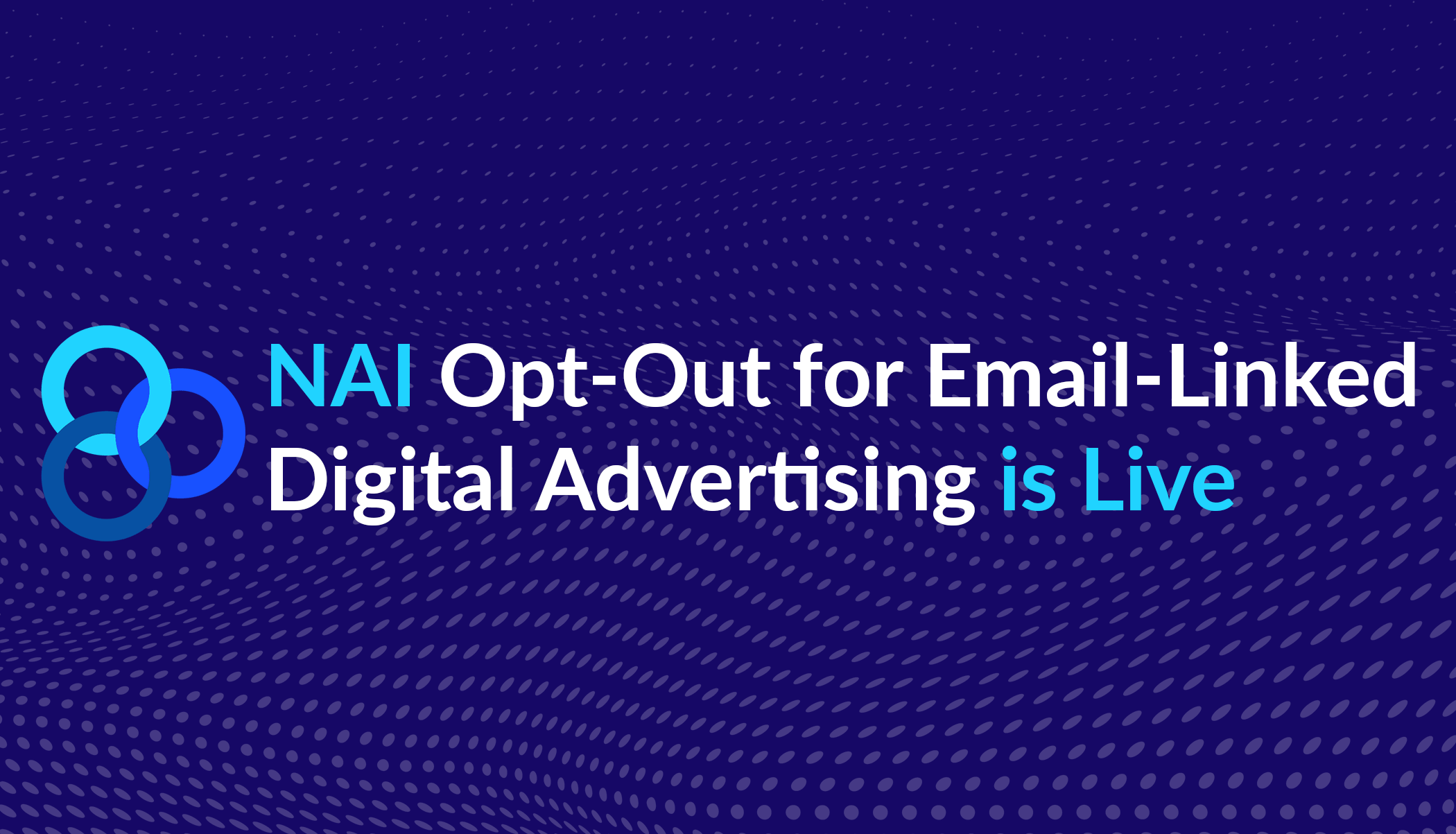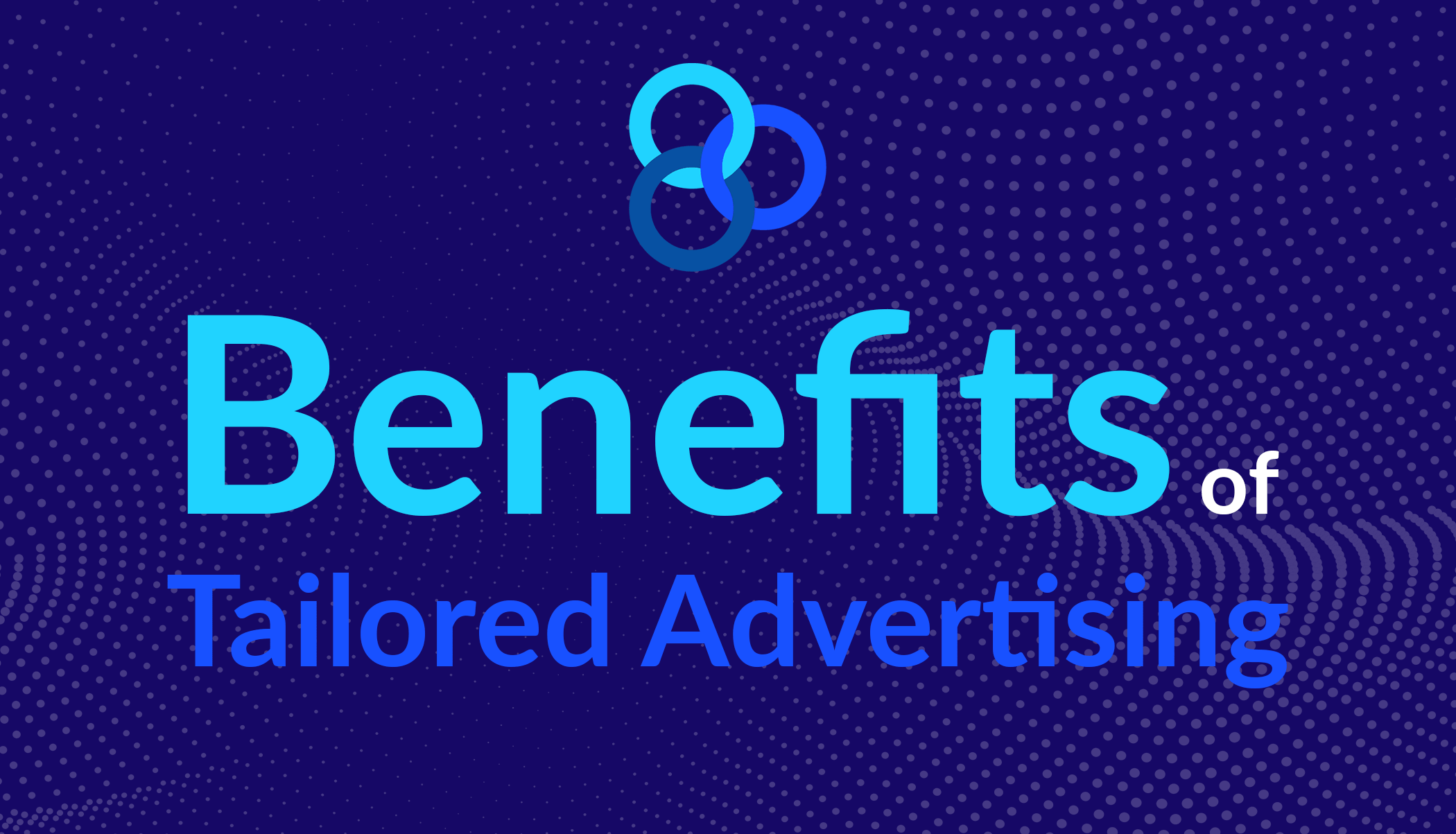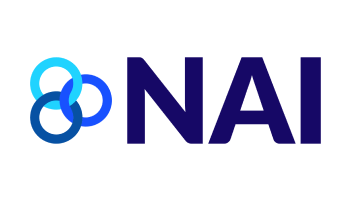Moving Beyond Cookies: A Collective Effort of NAI Members
For the past 15 years, the NAI has been a leader in setting high standards for responsible data collection and use practices for interest-based advertising. Today, as we publish Guidance for NAI Members: Use of Non-Cookie Technologies for Interest Based Advertising Consistent with the NAI Code of Conduct, we are proud to add to this legacy responsible data collection and use practices for next-generation technologies.
I’m excited by the release of the new Guidance because (1) it opens the door for NAI members to use new technologies in step with their commitment to NAI’s high standards; (2) members can use this Guidance to better build privacy protections into their development cycles as they innovate and compete in an ever-changing marketplace; and (3) this Guidance establishes a strong foundation upon which NAI can layer future policy or compliance requirements. But I’m most excited (and even a bit proud) because this Guidance could not have been possible without the extraordinary commitment and participation of our members.
The Guidance lays out how NAI members can comply with the NAI Code of Conduct when they use non-cookie technologies for interest-based advertising. It clarifies member requirements around transparency and notice under the Code, including the need to disclose the use of non-cookie technologies in privacy disclosures. Under the Guidance, members will work with NAI as our compliance program grows and covers the use of these new technologies. Most notably, this Guidance requires NAI members to provide consumers with a control mechanism, on both their own website and on the NAI’s website, by which consumers can opt out of the use of non-cookie technologies for interest-based advertising.
This Guidance is the result of an extensive and focused membership-wide effort to address data collection and use with non-cookie technologies. Over the past year, more than 20 NAI members served on our Beyond Cookies Working Group, volunteering countless hours and resources as the Guidance was repeatedly structured, drafted, evaluated, debated and tested. Members took time to attend educational webinars and provide feedback. They also took time to question, debate and engage in extended reviews of the Guidance and consider its implications. This reflects a significant component of NAI’s self-regulatory program – members who are committed to evolving self-regulation in a responsible and meaningful way, and to modeling and adapting their business practices to ensure that they do not compromise the spirit and mission represented by the NAI Code of Conduct.
Member companies didn’t simply participate in the construction of the Guidance. They also actively supported the development of a new consumer opt-out page to help members disclose their use of non-cookie technologies for interest-based advertising. Additionally, several members lent their technical staff to our Technical Working Group, helping us refine the technical requirements for the new opt-out page and assisting with its deployment. Their efforts helped the NAI compliance team better understand the downstream effects of the Guidance, ultimately enabling the NAI to maintain its strong self-regulatory standards for new, ever evolving technologies.
I’m proud of our work and proud of our membership and their tireless efforts in developing this meaningful Guidance. NAI works because of its members’ own commitment to the self-regulatory process. I look forward to sharing this Guidance with the entire eco-system and discussing it more fully at our Summit.








